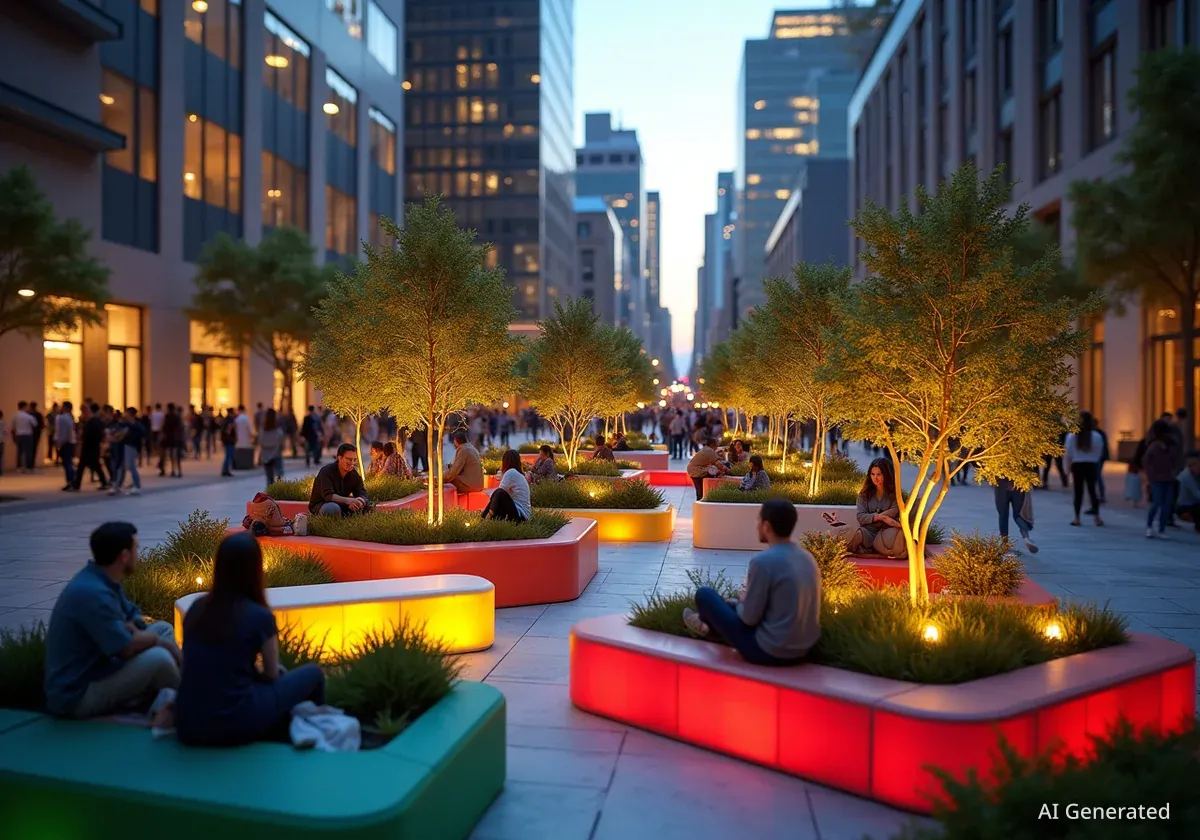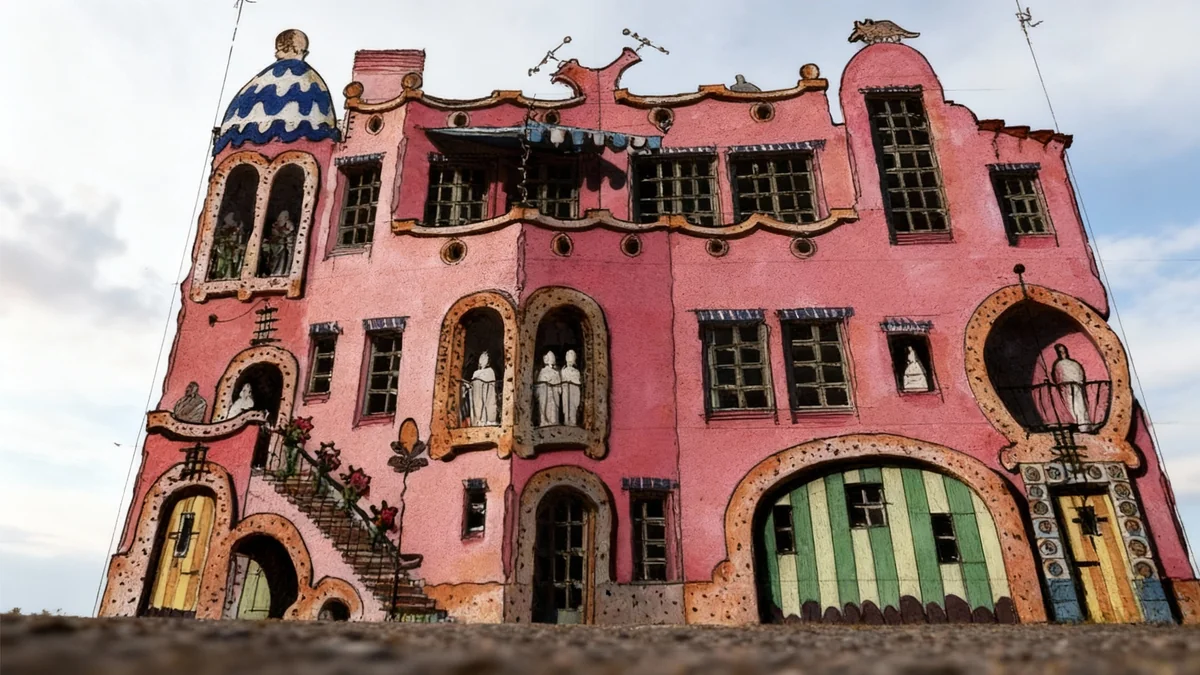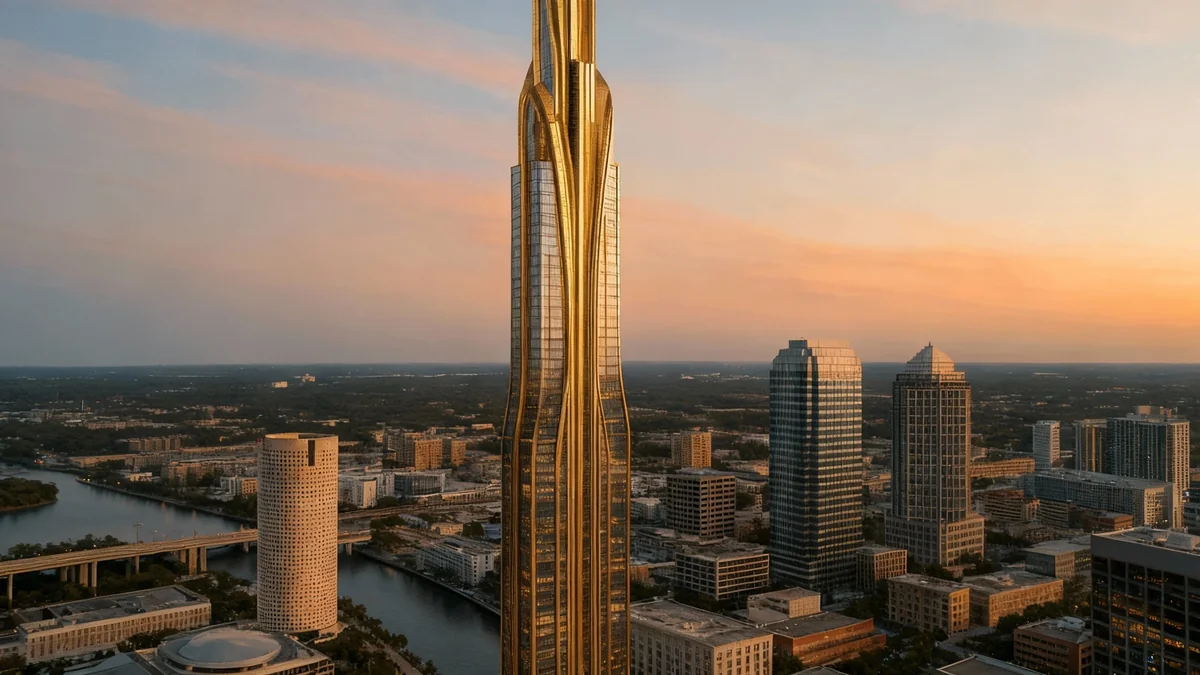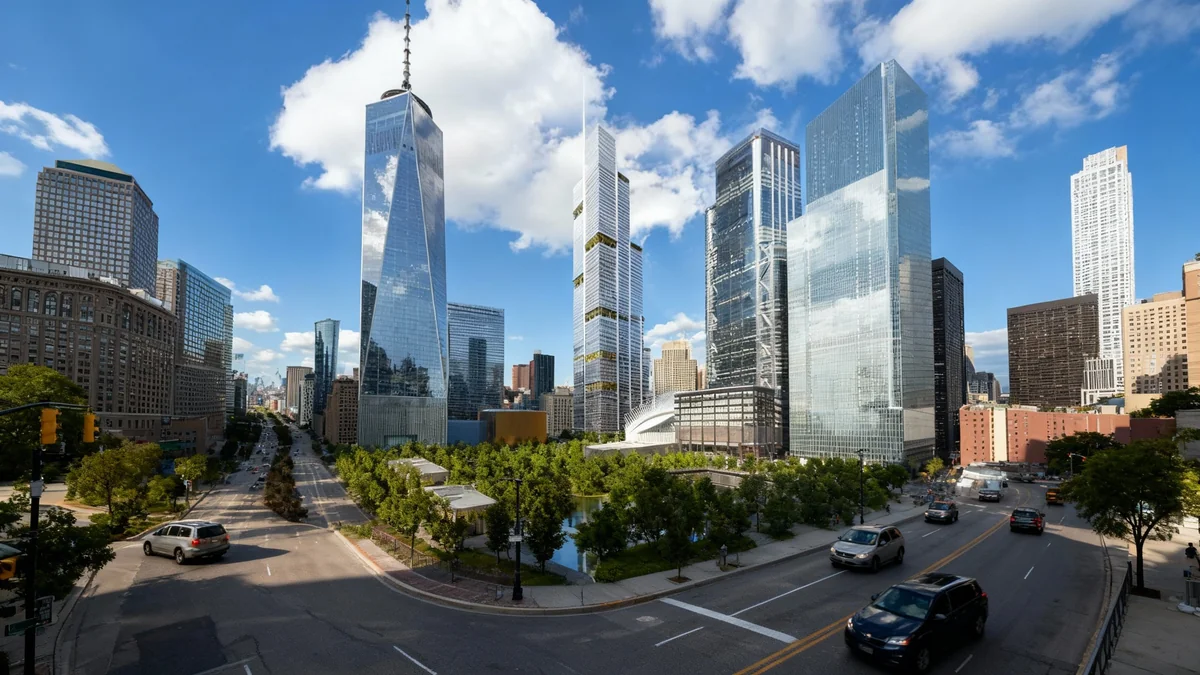Across major cities worldwide, urban planners and developers are increasingly labeling new initiatives as temporary. These projects often include pop-up parks, various art installations, and interim structures. They are frequently presented as experimental efforts designed to activate previously vacant or underutilized sites. However, in practice, these temporary labels often serve as a strategic approach to manage land until more profitable, permanent developments become viable. This 'temporary' designation can act as urban camouflage, masking long-term development plans behind short-term rhetoric.
Key Takeaways
- Cities worldwide use 'temporary' projects to manage vacant land.
- These initiatives often precede more profitable, permanent developments.
- The 'temporary' label can obscure long-term urban planning strategies.
- Examples include London's Meanwhile London and New York's Pop-Up Pool.
- Temporariness is becoming a consistent feature of modern city design.
The Rise of Provisional Urbanism
Many global cities are adopting what appears to be an experimental approach to urban development. This trend involves the strategic use of temporary projects to fill gaps in the urban fabric. These initiatives are often promoted as innovative ways to enhance public spaces and foster community engagement. They can bring immediate benefits, such as increased foot traffic and local economic activity, to areas that might otherwise remain dormant.
From London's 'Meanwhile London' program to New York's 'Pop-Up Pool' installations, the concept of provisional urbanism is gaining traction. These programs suggest a flexible, adaptive model for city-making. They allow municipalities to test new ideas and gauge public reaction before committing to large-scale, permanent investments. This iterative process can lead to more responsive and community-focused urban environments.
Interesting Fact
Some studies indicate that temporary installations can increase property values in surrounding areas by up to 15% over a 2-3 year period, even before permanent development begins. This highlights the economic impact of these seemingly fleeting projects.
Beyond the Temporary Label
While the benefits of temporary projects are clear, their underlying purpose sometimes extends beyond simple experimentation. Critics argue that the 'temporary' label can be misleading. It may obscure the fact that these projects are often precursors to more extensive and profitable developments. Landowners and developers might use these short-term installations to maintain public interest and secure future investment.
The promise of impermanence can systematically reshape urban landscapes. By activating sites with temporary structures, developers can subtly lay the groundwork for future construction. This approach allows them to control narratives about urban growth and manage public expectations. It also provides a way to generate revenue or positive public relations from land that would otherwise generate neither.
"The concept of 'temporary' in urban planning often hides a more permanent agenda. It's a way for cities and developers to pilot ideas, but also to hold onto land until the market conditions are perfect for a much larger project," explains Dr. Elena Petrova, an urban policy expert.
Managing Underutilized Land
A primary driver behind temporary urban projects is the management of underutilized land. Vacant lots or abandoned industrial sites can be costly to maintain and may attract unwanted activities. By introducing temporary parks, markets, or cultural spaces, cities can transform these areas into active public assets. This transformation can improve neighborhood aesthetics and enhance local quality of life.
The Shengli Market in China, for example, utilized a temporary site designed by LUO studio. This project demonstrates how interim structures can serve essential community needs while a permanent solution is being planned or constructed. Such initiatives prevent land from remaining fallow, ensuring it contributes to the urban environment in some capacity.
Background on Urban Land Use
Urban land is a finite and valuable resource. Cities constantly seek ways to optimize its use. Underutilized parcels can be a drain on resources and a missed opportunity for economic or social benefit. Temporary projects offer a flexible strategy to address these challenges without immediate, heavy investment.
The Durable Feature of Temporariness
The question arises: what if temporariness itself has become a lasting feature of modern city-making? Instead of being a brief interlude, the cycle of temporary projects followed by permanent development might be the new normal. This approach offers flexibility and allows cities to respond to changing needs and economic conditions more quickly.
This evolving paradigm suggests that urban planning is shifting from fixed, long-term blueprints to more dynamic, adaptable strategies. Cities are becoming living laboratories, constantly experimenting with spatial arrangements and public uses. This continuous evolution means that urban landscapes may never truly be 'finished' but are always in a state of flux.
- Flexibility: Allows cities to adapt to rapid changes in economic and social needs.
- Risk Mitigation: Reduces financial risk associated with large-scale, permanent developments.
- Community Engagement: Offers opportunities for public input and participation in design.
- Economic Catalysis: Can stimulate local economies and attract investment.
Future Implications for Urban Development
The trend of temporary urbanism has significant implications for future city development. It challenges traditional notions of urban permanence and long-term master planning. As cities continue to grow and face new environmental and social pressures, adaptable solutions may become increasingly vital. This could lead to urban environments that are more resilient and responsive to their inhabitants' needs.
Policymakers will need to consider how to regulate and manage these cycles of temporary and permanent interventions. Balancing immediate community benefits with long-term development goals will be a key challenge. Understanding the true intent behind 'temporary' projects will be crucial for transparent and equitable urban growth.




